Leisure & Culture #35
Revitalization in Kyoto
itonowa
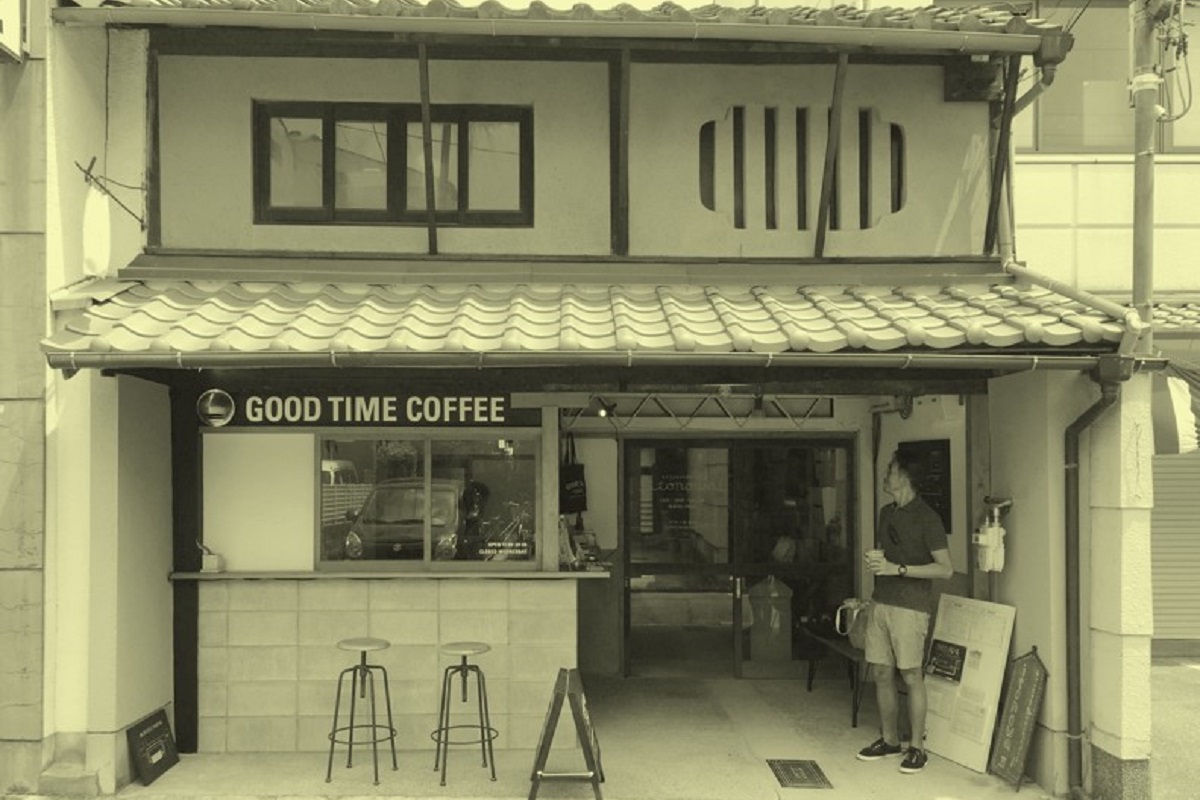
Written & Photos by Kit Chan
Translated by Derek Leung
Is there after all a way to revitalize two deserted dilapidated houses?
After all, there is a designer who connects these two houses and creates a complex space, eventually enlivening it with unprecedented features and functionality.
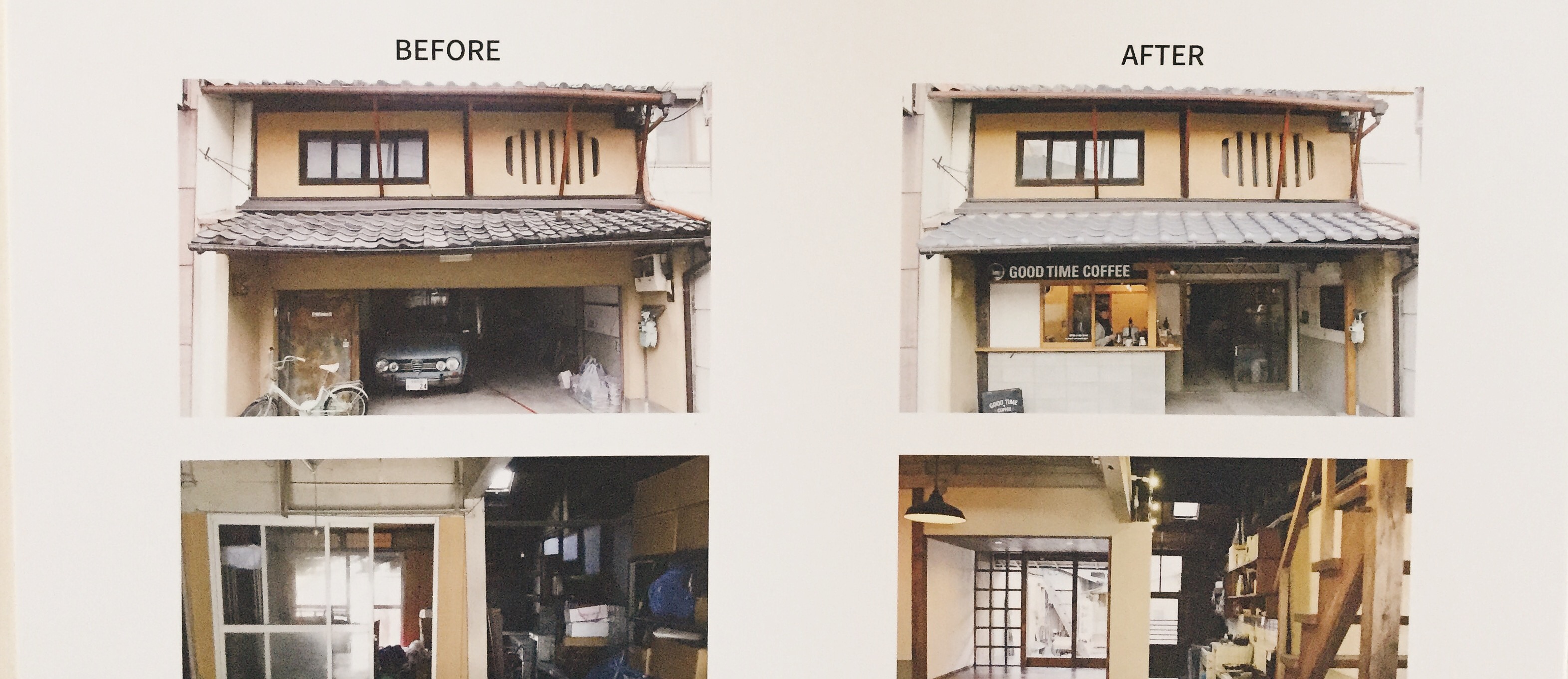
This is itonowa in the Shimabara district of Kyoto, Japan. After redesign and renovation, two attached uninhabited townhouses aged 105 and 52 respectively reopened last October as a co-op space sparking heated discussion and curiosity from the public.
Nestled in a street of residences, itonowa is apparently a testimony to thorough and sophisticated consideration in the design layout.
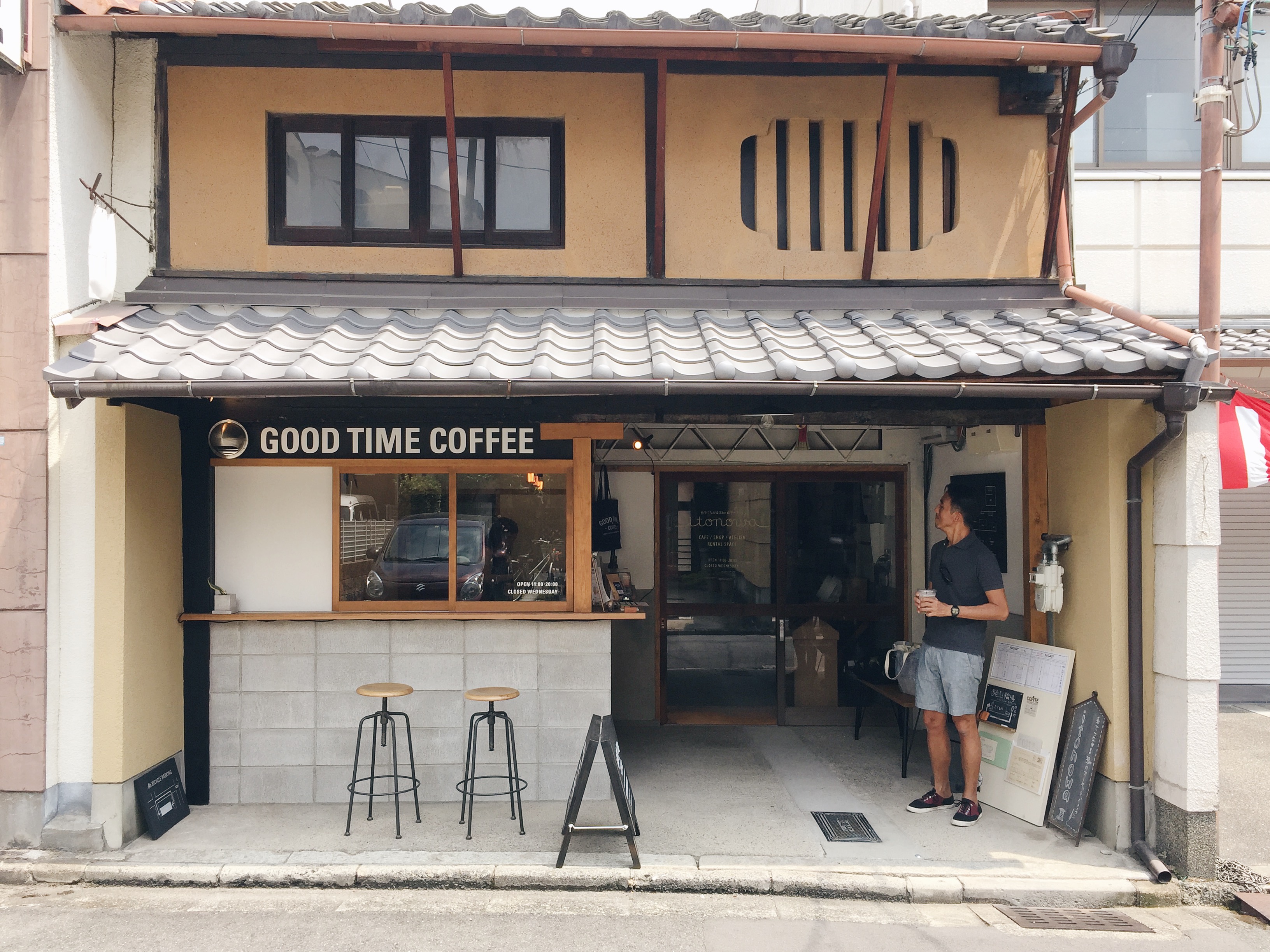
GOOD TIME COFFEE is a sleek and stylish cafe at the main entrance with radiation of brewing aroma attracting the passers-by.
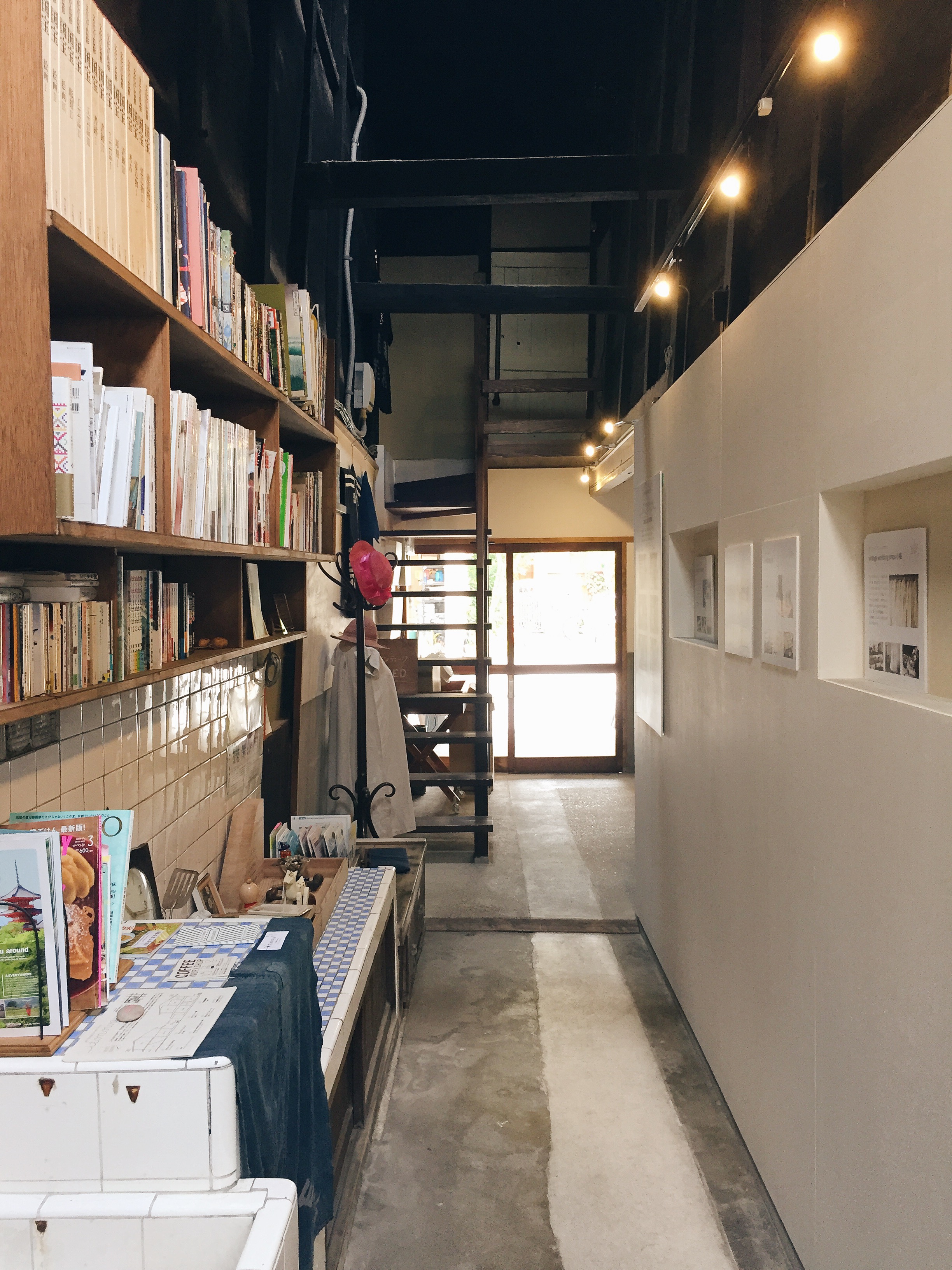
Not until you enter the shop will you know there lies another world: a high-ceiling enclosed space bolstered by the intense texture of interwoven wood pillars and columns retains the iconic townhouse structure capturing both the classic charisma and the lifestyle of the predecessors.
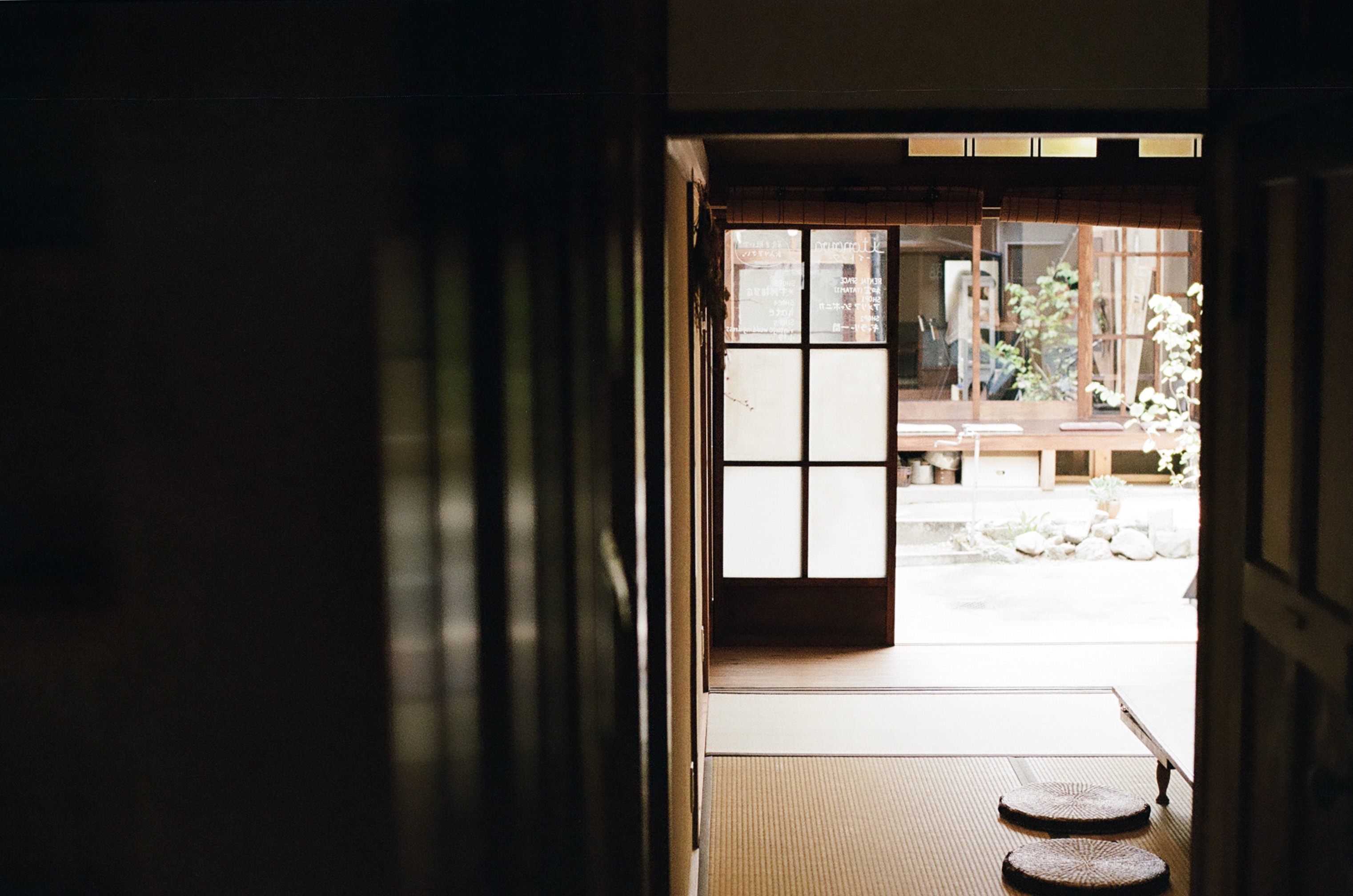
The walk across the cafe leads to a tiny open backyard decorated with artistic furnishings and fleshy plants.
A further few steps ahead stands the other townhouse, where across the living area sees a variety of room-wide individual shops run by designers and craftsmen, hence an ambience of aesthetics and tranquillity.
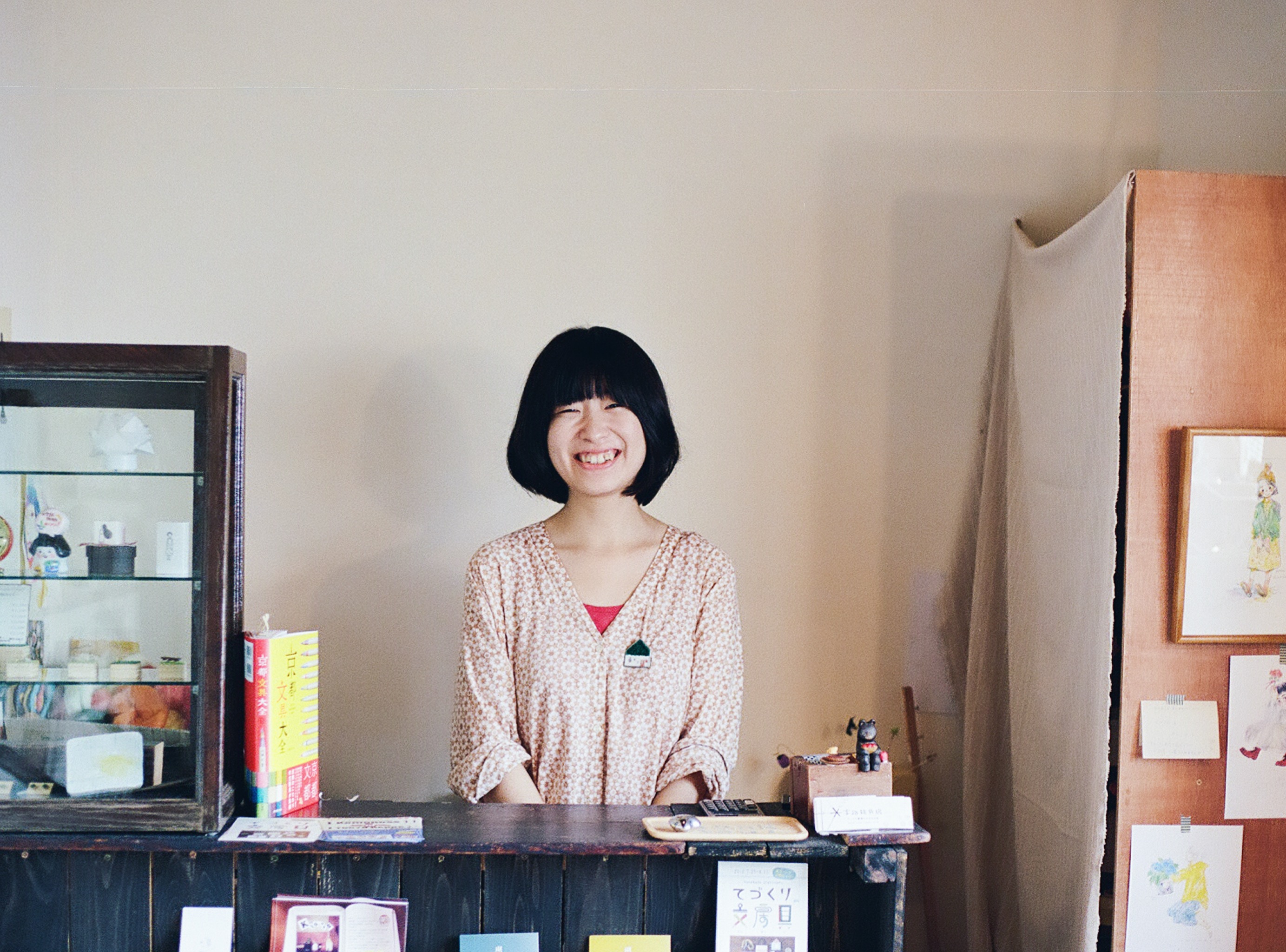
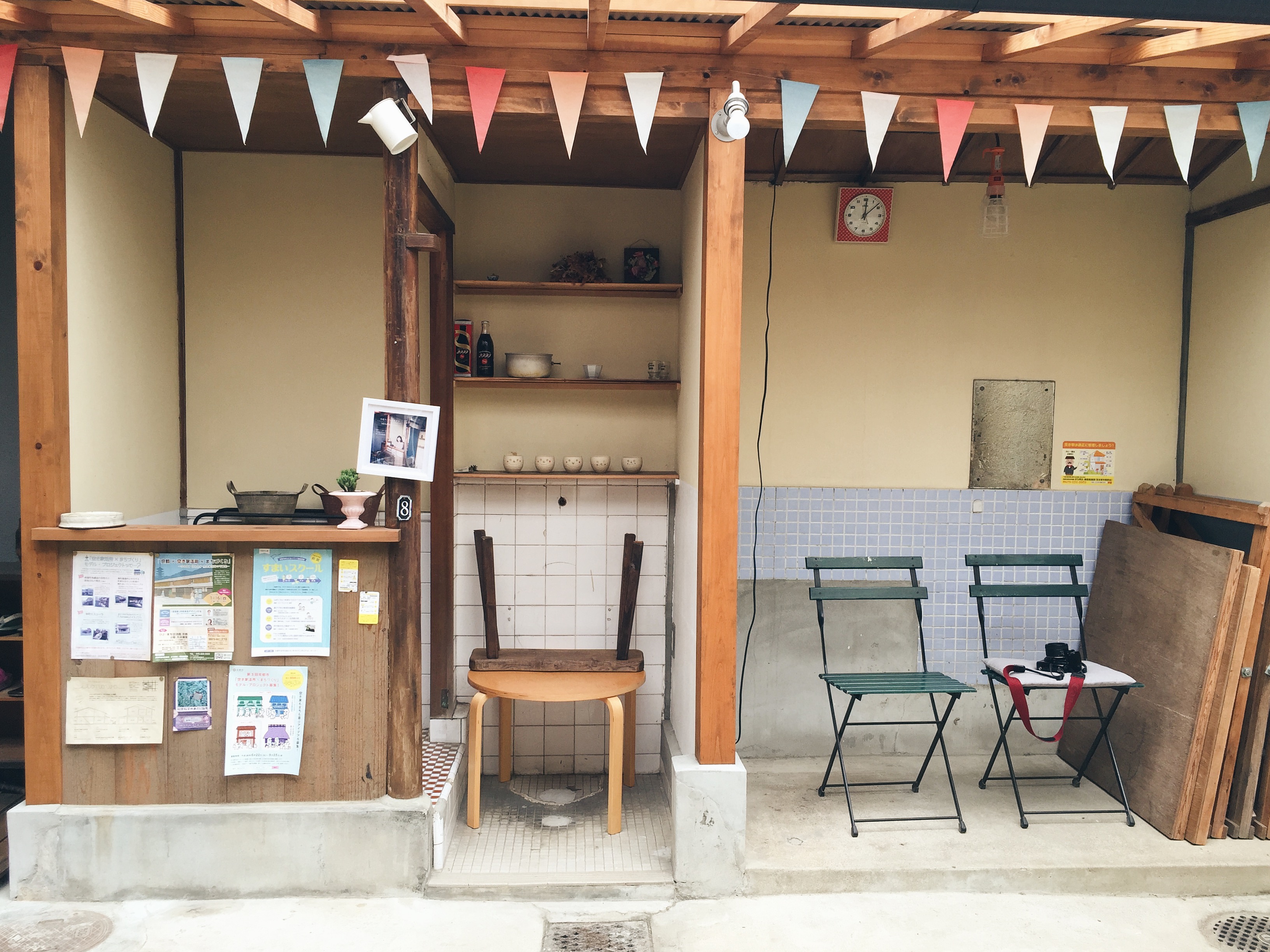
That said, the shocking concern is the social problem resulting from the revitalization programme of the historic buildings. According to the official statistics, the ever- growing number of vacant buildings all around Japan has reached an alarming 8.2 million and is on a gradual increase every year.
Hence, the municipal office of Kyoto came up with a good idea and launched two years ago a funding programme to invite design blueprints for old house revitalization, with the one and only prerequisite that the new work must be seen as a connection with the district.
This was the time where advertising professional Keitaro Murata read the programme details and wondered if it was possible that most could benefit from fully utilizing the space of the houses?
Raised by a cloth-selling family in the district concerned, Murata found vacant houses everywhere when he returned his hometown to live five years ago, therefore he selected two houses attached together for transformation.
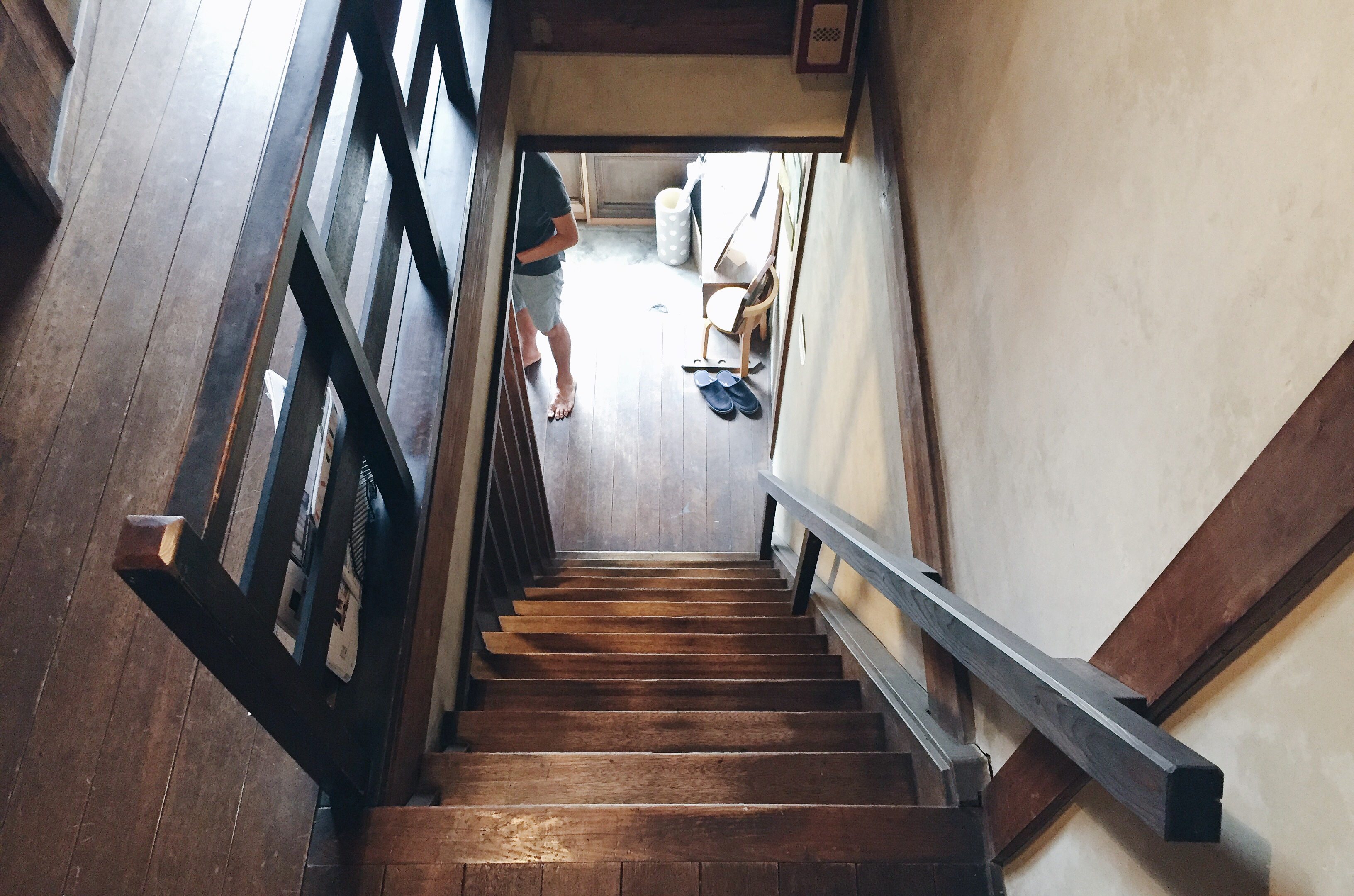
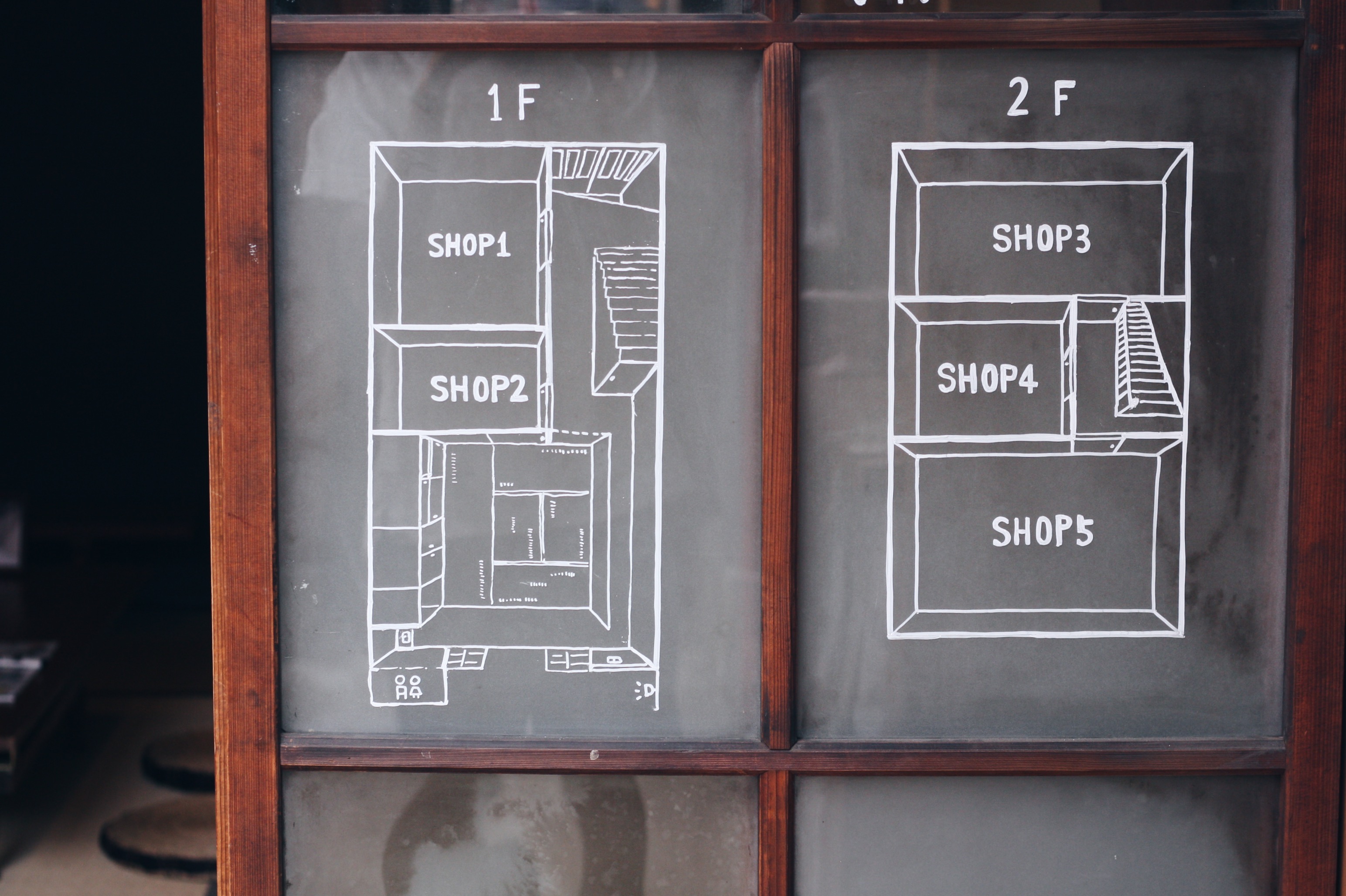
As expected, his proposal was picked and funded and this was how itonowa came up eventually.
Meaning “tied threads” in Japanese, itonowa is an implication of the history of the neighbourhood instead of a mere creation: the Shimabara in the century-ago era of Edo was composed of busy streets with walking ladies and arrays of silk and cloth stores.
Linked together by this “invisible” thread, the two premises now house the shops selling kimonos, vintage clothes, rugs and accessories and the like, to a certain extent in line with the past of the district.
The revitalization of the old houses brings extra pleasure to the local residents thanks to the additional room for meet-ups and activities. Workshops and talks are always held in the backyard between two houses, while business start-ups are also available provided rental payment for that particular space at 1,000 yens per day only.
Without the designer's creative lines, the houses once deserted may not afford to serve as the reconnection between space and people, let alone a brand new possibility we can observe right now.


